As part of Romney Tweed’s annual Fashion Challenge, Year 10 art students from Rye College have recently worked with Romney Tweed to design and weave their own tweed. They have used the natural environment to inspire the colour and design of their tweed, learnt to weave their final design and planned what item of clothing they could make from it. This is part of the company’s vision to introduce young people to the fashion and textile industry, and to inspire in them a respect and love for the local environment and for the Romney sheep breed.
Wilma, Year 10, said: “I really enjoyed the workshops with Romney Tweed. We learned about the background and history of tweed and the woollen industry, including its very close links to our school on Romney Marsh. It was great to custom design our own tweed based on an inspirational image from nature and it helped me decide which colours palate and threads would work well together. The workshops and process of learning to use the looms was such a unique experience and Rosie from Romney Tweed was so helpful and encouraging.”

Alfie, Year 10, explained: “The Romney Tweed workshops were such a fun thing to do. I really enjoyed learning how to use the loom and found the process of weaving really calming and mindful. I love art for this reason – it really helps to balance the academic subjects at school and gives me space to be more in the moment. Plus we get the opportunity to learn interesting new skills like this! My design was based on a photo of the sunset and ocean, I’m really happy with how it turned out.”
Romney Tweed Community Interest Company (CIC), based in Old Romney where tweeds are designed, samples are woven by hand and weaving courses take place, recently celebrated its tenth anniversary with a well-attended open day on March 23. There were spinning and weaving demonstrations and displays of their cloth, information on their bespoke services and school challenges.
Sheep have played a key part in the landscape and economy of Romney Marsh since the 7th century when King Wihtred of Kent gave pasture for 300 sheep to the monastery at Lyminge. The woollen industry, including wool produced from Romney Marsh was one of the most important export commodities to Europe in the medieval period. It later was a major source for the broadcloth industry of Wealden, Kent traditionally used for blankets and carpets.
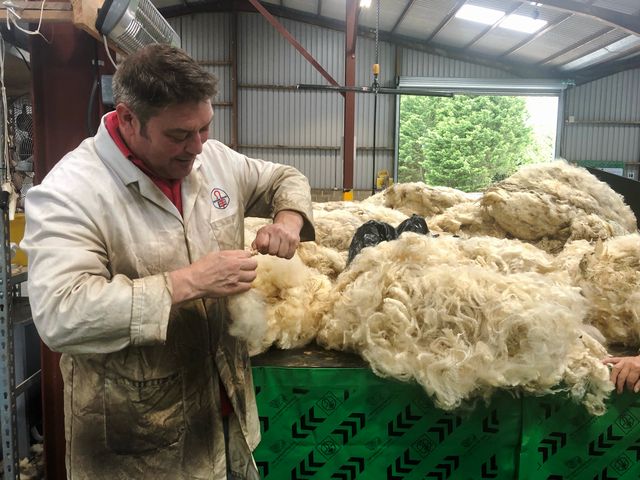
Romney Tweed was set up in 2014 by Patricia Alston in response to the announcement that the power stations at Dungeness, then a major employer, were to close, in an area already with a high level of deprivation of education, skills, and training. The aim was to bring employment and skills in the design and weaving of tweed as well as to promote and champion the importance of the Romney breed.
Calling upon the experience and expertise of the Yorkshire woollen industry, it was found that Romney wool could be used successfully to make fine worsted cloth for clothing, curtains and furnishings. In 2014 a group of textile students from Central St Martins spent time at Dungeness and the surrounding area using the colours of the marsh as their inspiration for designs and samples. In 2015 the Heritage Collection was launched with tweeds inspired by the colours, textures and atmospheres of Dungeness and the Romney Marsh churches.

As well as their own collection, Romney Tweed can design bespoke tweeds that reflect the culture, history and location of the organisation such as those designed for The Royal St George’s Golf Club in Sandwich (Dunes tweed) and Alderman Alison Gowman, Sheriff of the City of London 1921-22 (Old Bailey tweed).
Working with local schools, Romney Tweed is making an important contribution to preserving the marsh and its landscape for the future, and is investing in skills and traditions that can bring jobs to the area. Their vision is to become the Harris tweed of England and aim to bring more of the production of the tweeds to the marsh, as well as establishing a centre in Brookland to include a visitor centre, weaving production, and educational activities.
More information about Romney Tweed can be found here.
Image Credits: Rye College , Romney Tweed .







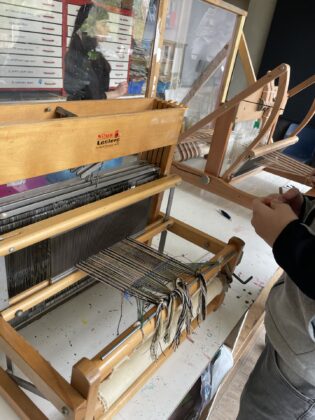


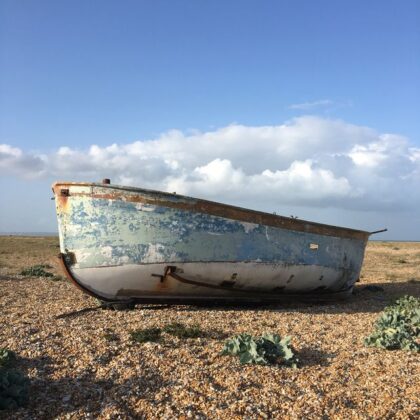
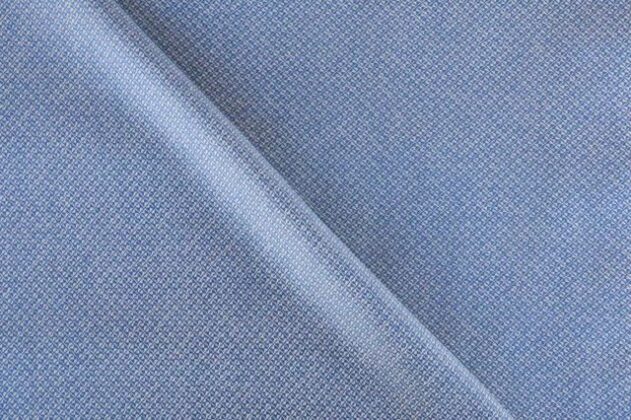
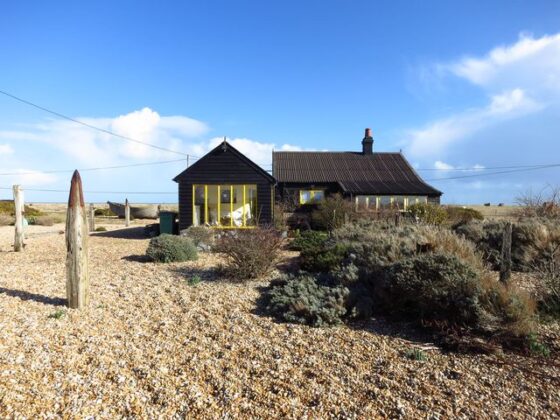

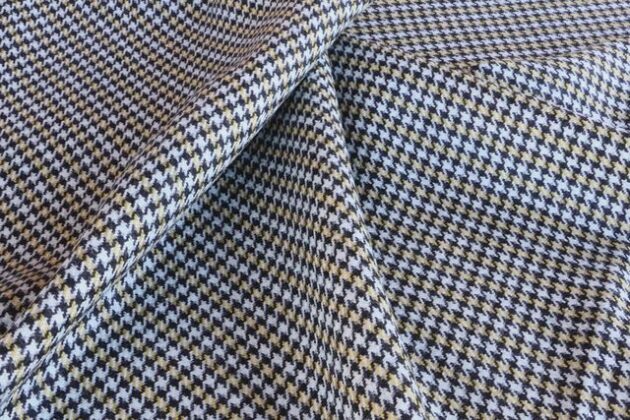







Excellent project. Congratulations to all involved. ‘The Harris Tweed of England!’
The examples look lovely.
Thanks, Juliet, for this inspiring and encouraging article. You have answered some questions about Romney wool that have long been in my mind. Its wonderful to learn that there IS a natural alternative to petrochemically derived textiles, and its produced locally using the fleeces from the sheep we see every day in the fields. Even more wonderful that the industry is engaging with and inspiring local young people. I’m going to find out more…. and thank you again.